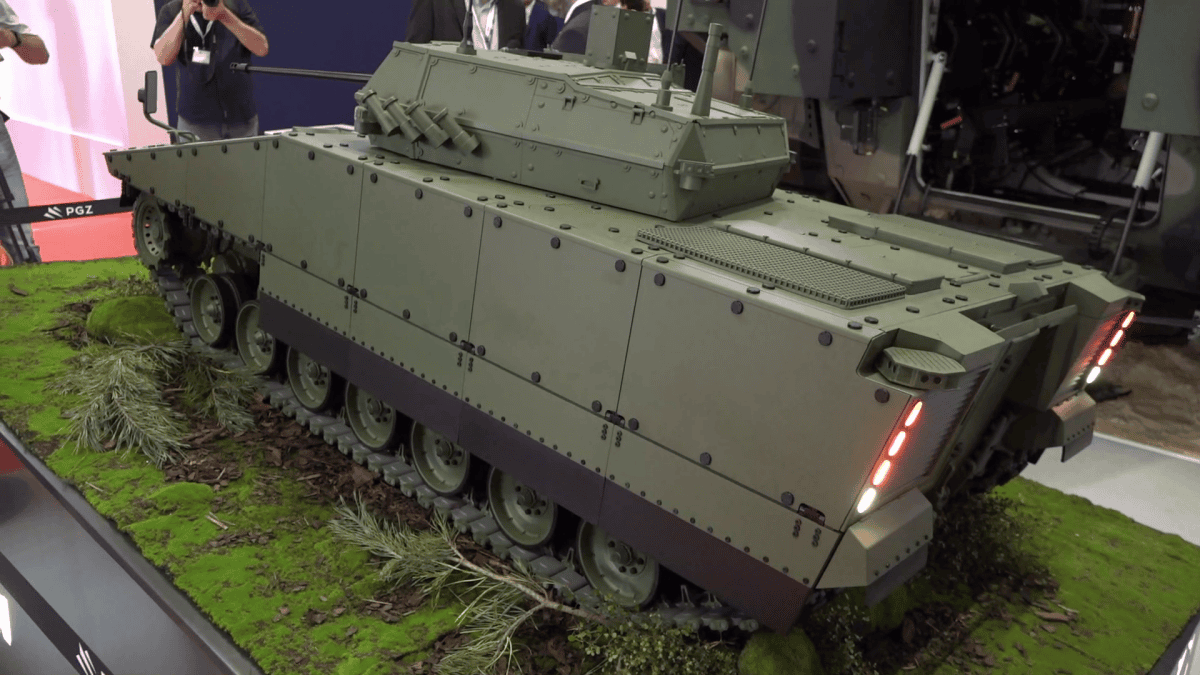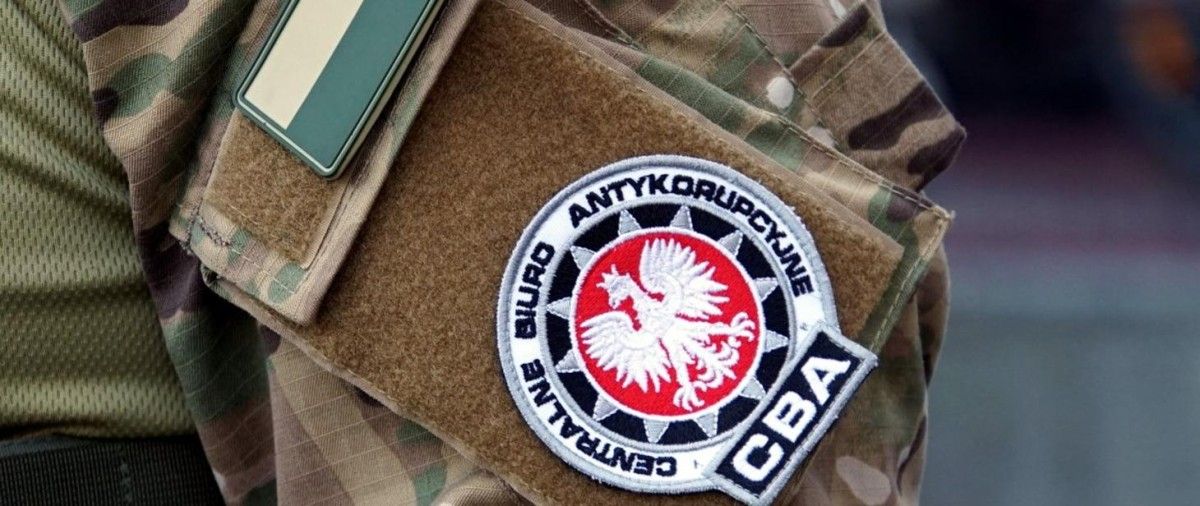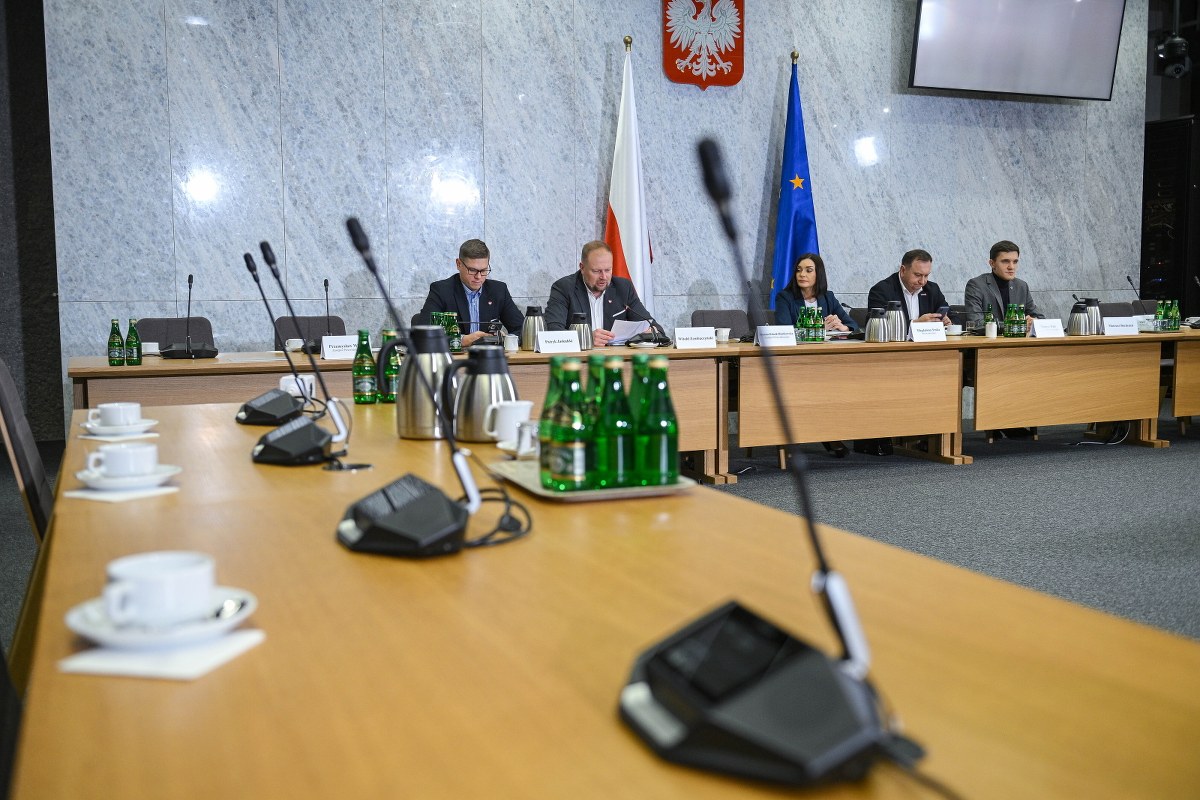Scotland's first skatepark is set to emerge from decades beneath Glasgow's soil as archaeologists prepare to uncover a forgotten piece of the city's sporting heritage. The University of Glasgow will excavate Kelvin Wheelies later this month, bringing back to light a pioneering facility that has been buried since 1983.
The groundbreaking skatepark opened in Kelvingrove Park in May 1978, featuring cutting-edge bowls, a slalom run and a "hauf pipe" that drew skaters from across the UK. It hosted Scotland's first national skateboarding competition, establishing Glasgow as the dominant force in Scottish skateboarding.
Despite early popularity, safety concerns and mounting maintenance costs led to the park's closure and burial by 1983. Only traces of its original layout remain visible near the modern skatepark that now occupies part of the same area.
Archaeological discovery mission
Between August 25 and 29, the excavation team will examine the buried structures and record their condition as part of a wider heritage project. The dig will combine traditional archaeological fieldwork with oral history techniques to bring the park's story back to life.
Jamie Blair, owner of Glasgow's Clan Skates shop, former Scottish skateboard champion and member of the original Kelvingrove skateboard team, recalled the park's transformative impact. "When Kelvin Wheelies opened in 1978, skaters from all over the UK flocked to this radical new facility," he said. "A park team was formed and for the next few years Glasgow was the dominant force in Scottish skateboarding. Sadly, a dip in skateboarding's popularity in the early 1980s and the construction of a rival skatepark in Livingston saw the decline of Kelvin Wheelies, with the main bowlriding area buried in time. I'm thrilled that through this project we have a chance to rediscover it."
Heritage preservation effort
Dr Kenny Brophy, Senior Lecturer in Archaeology at the University of Glasgow and project leader, emphasises the urgency of documenting this recent history. "There is a very real danger that this skatepark, a place that was so special for hundreds of young people just decades ago, will become forgotten and lost," he explained.
The archaeologist highlighted the unique approach being taken to preserve contemporary heritage. "Contemporary archaeology allows us the opportunity to explore even fairly recent events and places to jog memories, combining traditional archaeological fieldwork techniques with interviews and documentary research," he said. "In the case of Kelvin Wheelies, this is a unique opportunity for a generation of skateboarders to relive the excitement of their youth and excavate their own memories of a place that was so special to them."
The project is calling on the public to contribute memories, photographs and video footage to create an online archive. Contributions can be sent to [email protected], and visitors are encouraged to attend the dig to share their experiences.
Cultural significance
Kelvin Wheelies was part of the "second wave" of concrete skateparks that spread internationally during the 1970s. While many similar facilities were simply dismantled or buried, some have gained heritage recognition, including Livingston's Livi Skatepark, which received Category B listing by Historic Environment Scotland in 2024.
The excavation will form part of a wider project combining fieldwork, surveys, archival research and community engagement. Currently, virtually no one knows there was a skatepark in this part of the park, making the documentation effort crucial for preserving Glasgow's skateboarding legacy.
Sources used: "PA Media", "Daily Record", "Glasgow Live" Note: This article has been edited with the help of Artificial Intelligence.








